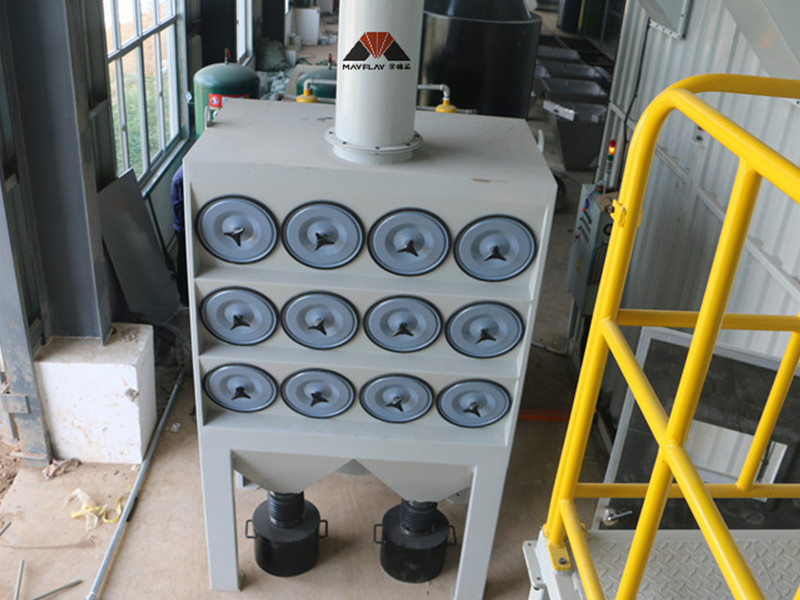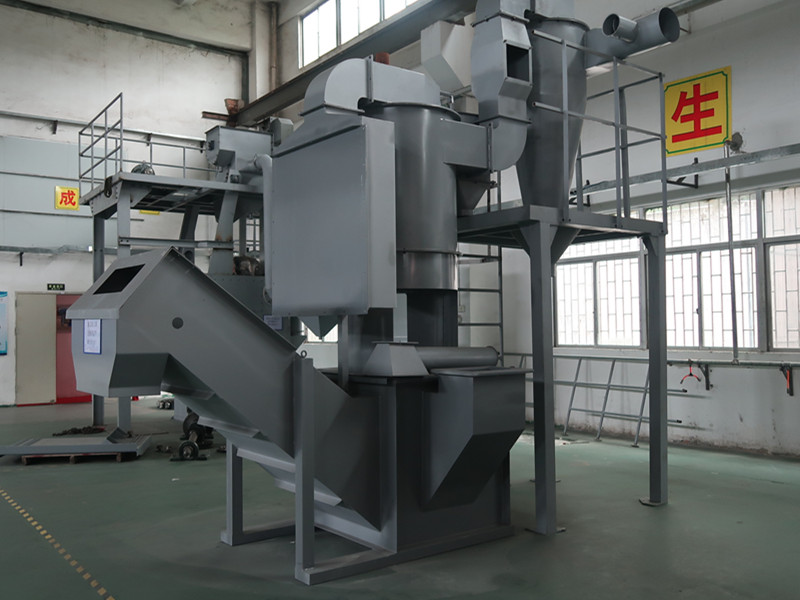Hotline
+86-13692841862
Email:info@mayflay.com
Add::NO.289,Guangreng Rd,Xiaojinkou Str.Huicheng Dis,Huizhou City,Guangdong Province,China.
Surface Treatment Equipment
Coil Handling Equipment
Solutions
Application
About us

welcome to MAYFLAY
For consultation/feedback, please call the service hotline: +86-13692841862 Email:info@mayflay.com

Both wet and dry systems have their advantages. Many of them depend on your process, the type of dust you produce, and your individual needs. Many factories use dry dust collector(bags or cartridges ), However, as the concern of combustible dust issues grows, some companies are considering a wet type dust collector. This system “scrubs” the air stream with water for dust control. What is the difference of the wet dust collector and dry dust collector?
1.Type of dust
Industrial wet dust collector design systems are often used where there is a concern about combustible dust. This is especially true for metal dust, which has a high likelihood of sparks coming into contact with the dust. Wet dust collector can decrease the risk of fire or explosion as well. Water “scrubs” the air traveling through the collector, mixing with dust and forming sludge. This ensures that even if there is an ignition source, there’s no dust cloud or dry dust to ignite. At the same time, dry collectors with proper maintenance and housekeeping can be used safely for many years. They also can collect almost every type of dust imaginable.
2.Particulate Size
The filters in dry dust collectors are more efficient at collecting and removing very fine particulate.applications like welding, plasma and laser cutting, and other processes produce very fine particulate metal fumes. A dry collector system can more efficiently capture these particles. In a wet dust collector system, it may be difficult to get very small particulate to settle out of the water so it can be collected.
3.Operation Costs
To make a wet collector efficient at removing smaller particles, the system requires higher water pressure and a lot of energy. This increases cost. For larger particles, the energy costs are lower because it’s easier to get these particles to drop out.
4.Maintenance
Maintaining a dry dust control system usually means changing the filters regularly and monitoring differential pressure. You must dispose of the filters which contain dust according to the standards for that material. You must dispose of the collected dust as well. Maintaining a wet dust collector system includes making sure the water remains clean, without too much material dissolved in it. Dispose of the contaminated wastewater. Removal and disposal of sludge are required for a wet collector. The sludge may also need to be mixed with other materials or dried to make it safer or more easily disposable. Both system types will require proper housekeeping and maintenance of the ductwork and work areas to make sure dust doesn’t accumulate.
Depending on your type of dust, there may be regulations for how your material needs to be disposed of. With a dry system, bags or cartridge filters usually filter the dust into a container for disposal. With a wet system, the accumulated dust settles out of the water and the sludge must be collected and disposed of. Since the sludge will eventually dry, it is often mixed with an inert substance like sand to make it safer to handle. Many waste management facilities have different regulations for dry and wet materials.

